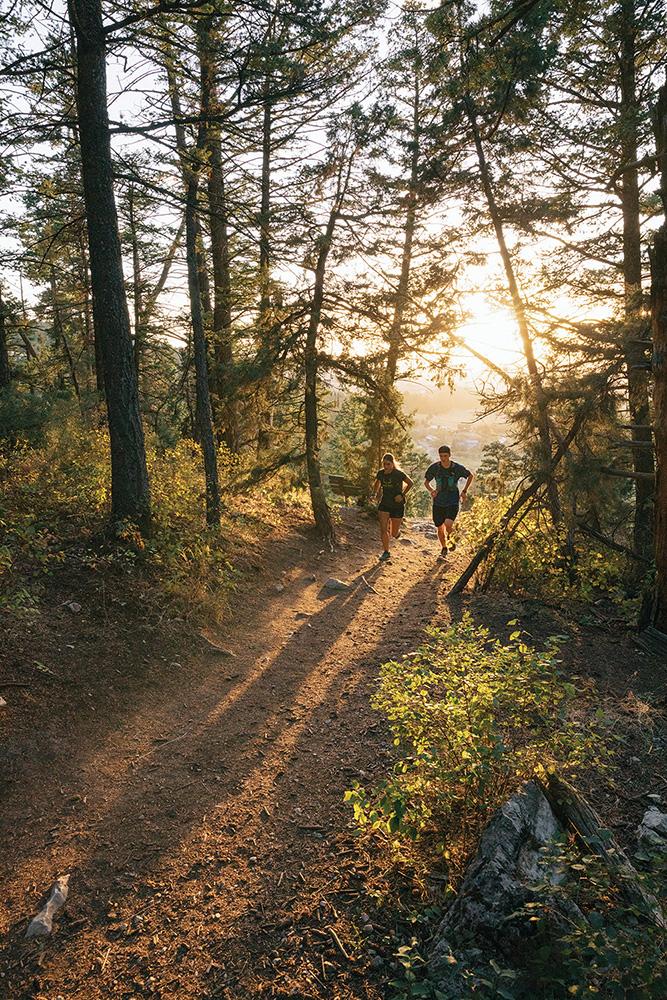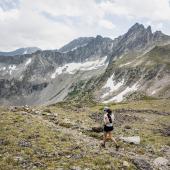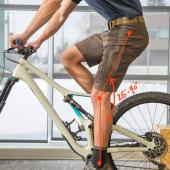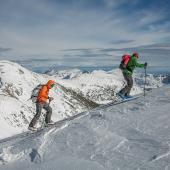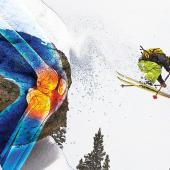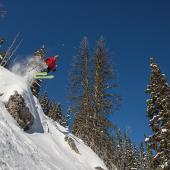Push & Pull
Essential ingredients for running and climbing.
As the snow melts, the trails dry, and the long summer days offer “send burns,” we can all benefit from reflecting on our upcoming goals. Whether it’s a weekend ridge traverse or open climbing projects, we owe it to ourselves—and to all our invested energy in preparation for these pursuits—to ensure it’s all systems go. Like cooking, our bodies require a specific set of attributes for a specific set of demands. The best way to ensure a high-quality meal is high-quality ingredients and a bulletproof recipe. Fine-tuning your body and the ingredients of the recipe are essential in the pursuit of performance and long-term injury-avoidance. Whether you’re trying to eliminate that little pinch in your shoulder or rallying for the next sufferfest, it’s important to understand what good ingredients are and the recipe required.
Running is a constant game of storing and releasing energy. Think of the legs as a pendulum and the muscles as rubber bands—an optimal swing path would be equal forward and backwards, ensuring efficiency. Unfortunately, we usually struggle to get our legs behind us, preventing the powerful drive and push-off that propels us forward. This leads to gait compensations and, ultimately, abnormal force distribution and muscle-recruitment patterns; i.e., imitation ingredients and artificial sweeteners. Our bodies are resourceful, and to their detriment will perform a given task despite the potential for compromised structure-loading that over time could cause injury—bad recipe. Below, you’ll find the ingredients you’ll want to have handy for a solid running-and-climbing routine.
Ingredients for Runners
1. Enough mobility to get the leg behind without compensations from the spine. To go forward, you need to drive with the big posterior muscles of the leg. Mobility deficits are typically seen in the anterior hip, ankle dorsiflexion, and big-toe extension.
2. Stability and control in the trunk, hips, and foot, to allow large forces to be transferred through the leg. Abnormal control and limitations in stability allow micro-motions that cost us energy and force transfer. Think of starting a blender or mixer without placing a cover on it—without a stable and controlled foundation, we’re unlikely to get ideal force production.
3. Strength and power from the glutes and calves to drive the body forward. Limitations in strength will ultimately hinder our tolerance for activity. While it’s one thing to be strong, it’s another to know how to harness and utilize strength, and one of the optimal shields for injury is capacity.
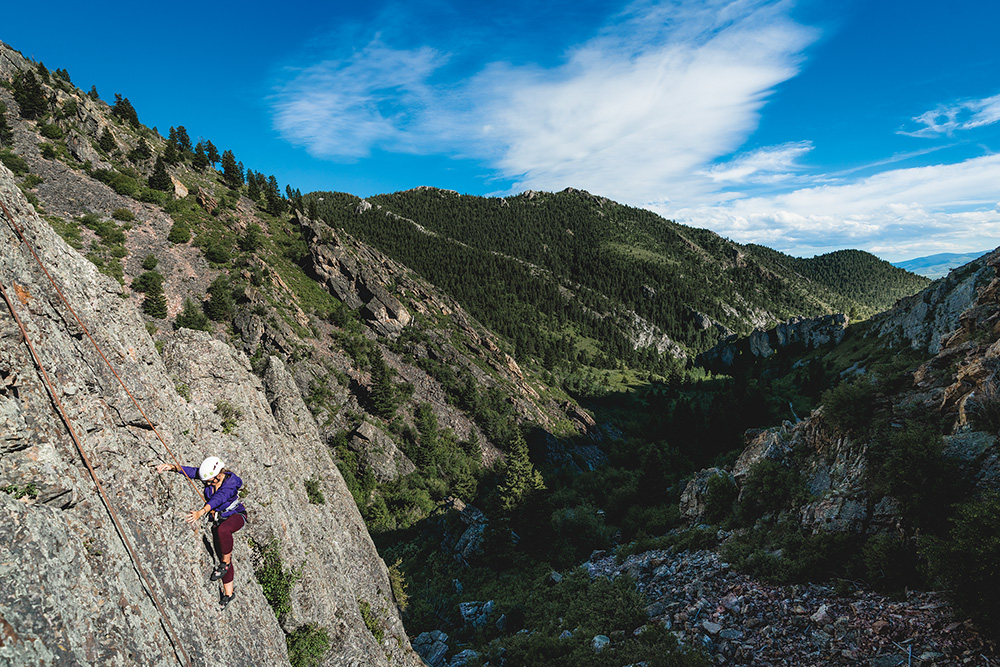
Ingredients for Climbers
1. Mobility. This is critical. Ample overhead-reaching potential dictated by adequate thoracic spine, shoulder blade, and shoulder mobility. Specifically, thoracic spine extension and glenohumeral (shoulder joint) internal rotation. Equally important is rotational mobility at the hip, which allows us to position our trunks closer to the wall. This optimizes tension and improves positional leverage on holds.
2. Muscle performance. Strength in the shoulder blades, rotator cuffs, wrist/finger flexors and extensors, and even the lower-extremity muscles discussed above are all important in staying on the wall.
3. Postural stability of the upper quarter and trunk, which allows efficient movement, force production, and balanced load across structures. Specifically, avoid shoulder-blade elevation and forward rotation (a.k.a., shoulder hiking and “winging”). A combination of poor scapular control and deficits in shoulder mobility impairs the muscles’ ability to pull, while placing tissues in vulnerable overloaded positions. Inability to create and maintain tension and stability through the trunk costs energy and perpetuates compensatory movement strategies through both lower and upper quarters.
This may all seem a bit esoteric and dull, but consider this: failure to address comprehensive mobility, strength, and skill development can cause issues, which leads to discomfort and pain at the very least, and at worst could keep you off the trail and rock altogether. And that is an awful recipe indeed.
AJ Sobrilsky works at Excel Physical Therapy in Bozeman, where he uses specialized gait and climbing labs to help treat injury and provide skilled performance assessments.

